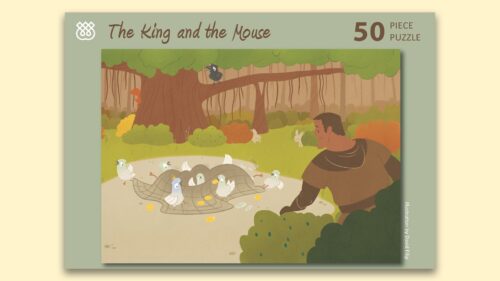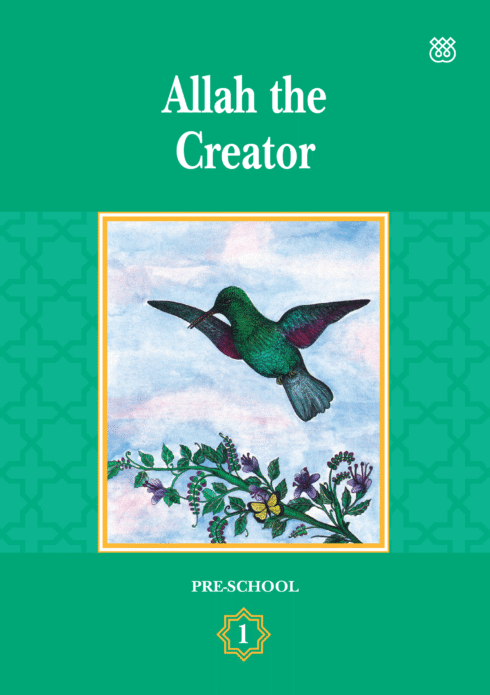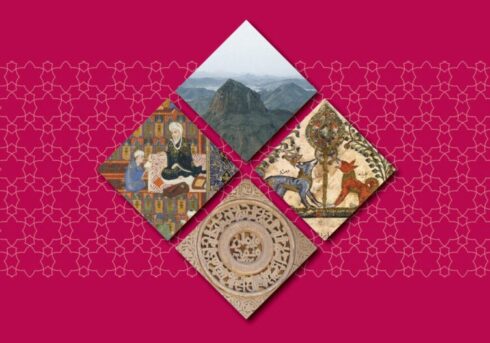The Institute of Ismaili Studies is excited to launch its new Children’s Series. This series is designed to spark curiosity, inspire conversations, and bring joy to children and families, at the same time as deepening their understanding of the rich history and identity of the Ismaili community. Through vibrant, imaginative stories, we invite you to embark on journeys of exploration, reflection and discovery. These tales will ignite young minds, foster meaningful connections, and encourage families to dream and learn together. Join us as we ask, seek, and reflect through stories that captivate and inspire.
Yā Ali Madad Everyone
This book is about a young boy who learns the meaning of the greetings used by IsmailisAdherents of a branch of Shi’i Islam that considers Ismail, the eldest son of the Shi’i Imam Jaʿfar al-Ṣādiq (d. 765), as his successor.: ‘Yā Ali Madad’ and ‘Mawlā Ali Madad’. The story follows Zaydan, a young Ismaili boy, through the Ismaili Centre Toronto, where he comes across a wide variety of people such as volunteers, seniors, family members, and friends in rich illustrated scenes that create opportunities for memorable discussion beyond just the text.
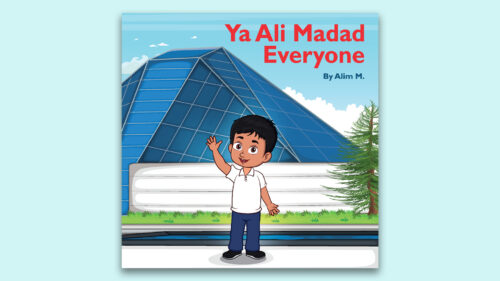
How Can I Tell My Mawlā I Love Him?
A heart-warming journey that invites readers of all ages to explore the many ways Ismailis around the world express love for their Imam. With vibrant illustrations, recognisable landmarks, and powerful symbols, this delightful story takes children on a global adventure – inspiring love, pride, and connection to their Ismaili identity. In a world that often feels divided, this book offers a bridge to deeper faith, understanding and family bonding.
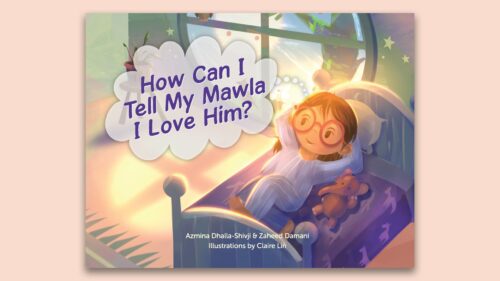
The King and the Mouse
The King and the Mouse is a delightful tale which teaches children about leadership, lending a helping hand (or set of teeth!) and the power of friendship. The story has been adapted from the popular collection of animal fables known as Kalila wa Dimna and authored by Professor Zayn Kassam.
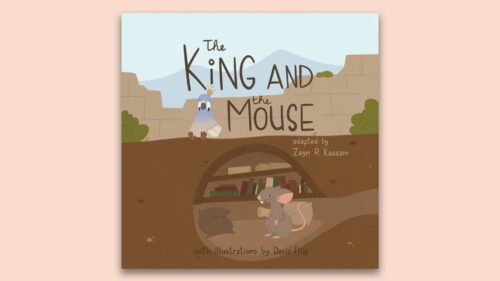
The King and the Mouse Puzzle
The King and the Mouse has also been converted into a 50-piece puzzle, providing children opportunities to piece together a central scene from the story, and to have fun while supporting their learning and development. Both the story and the puzzle are intended for children aged 3 – 9 years old.
